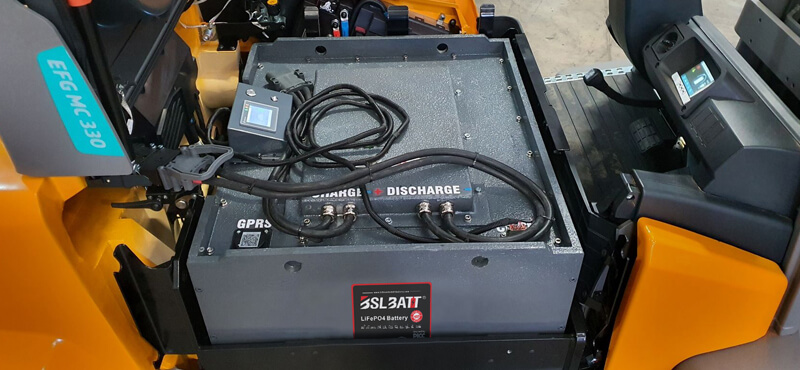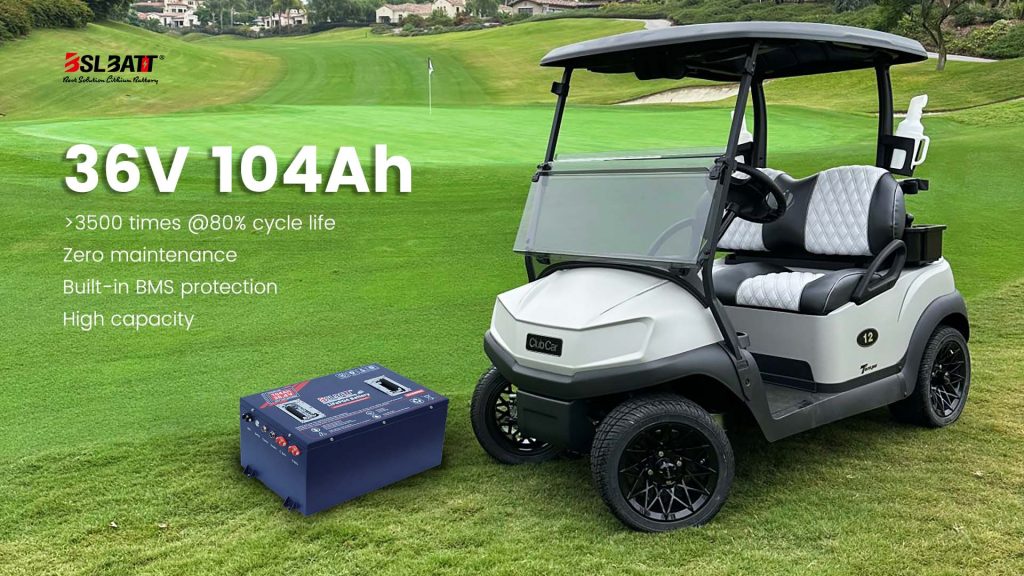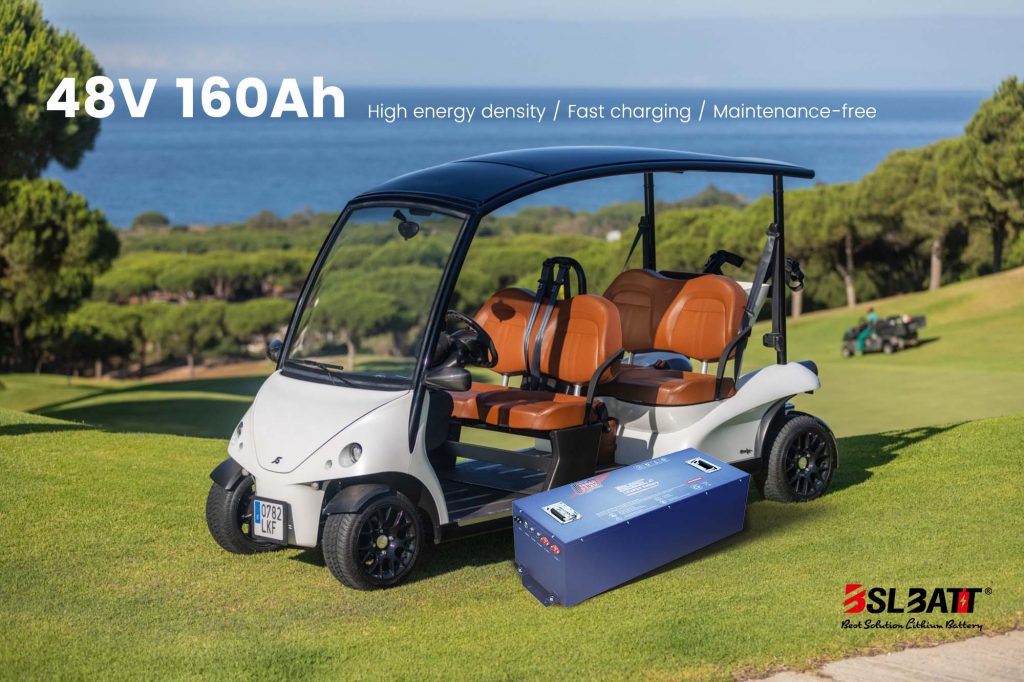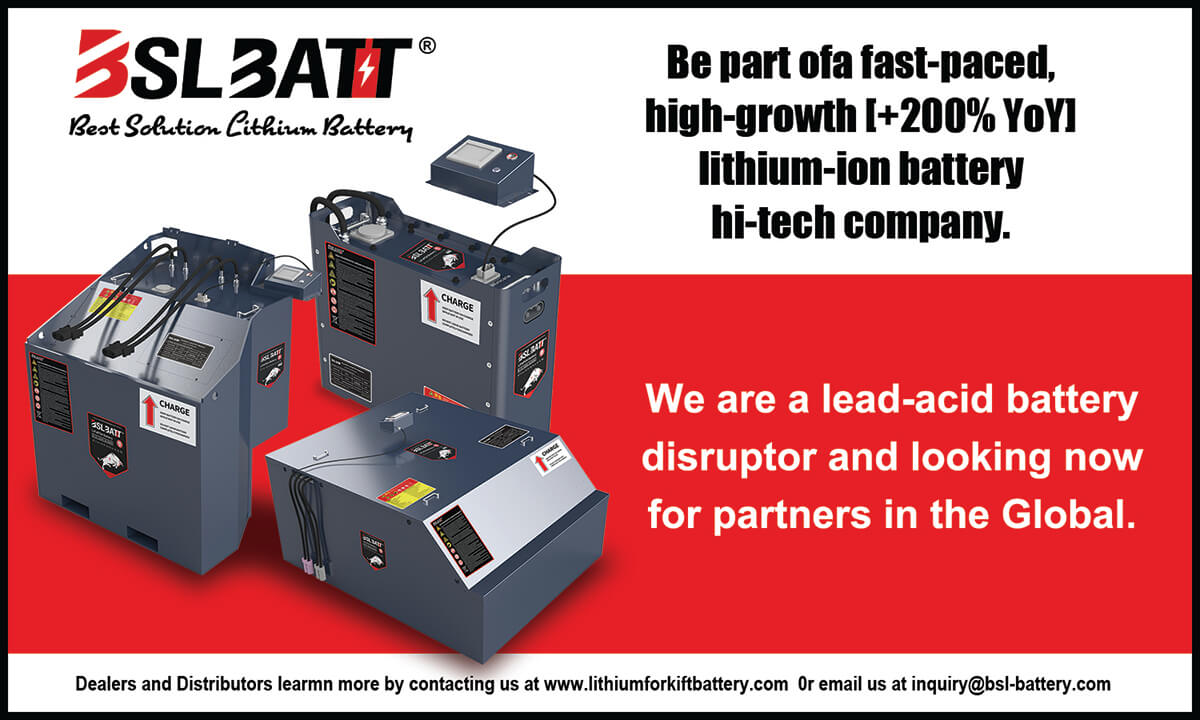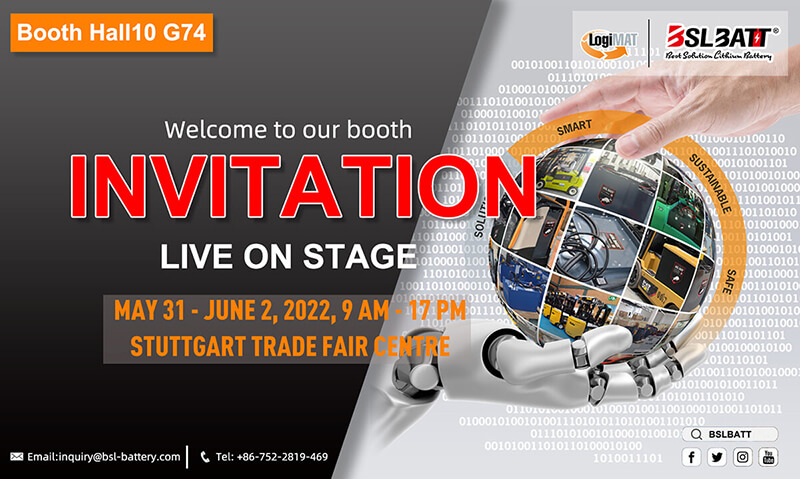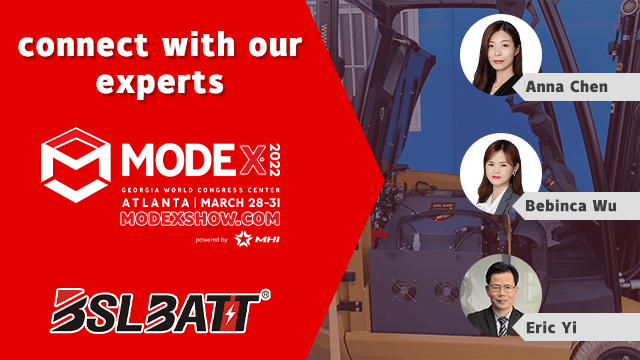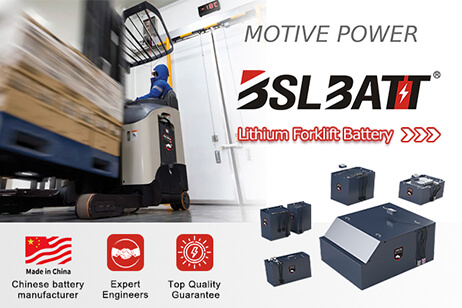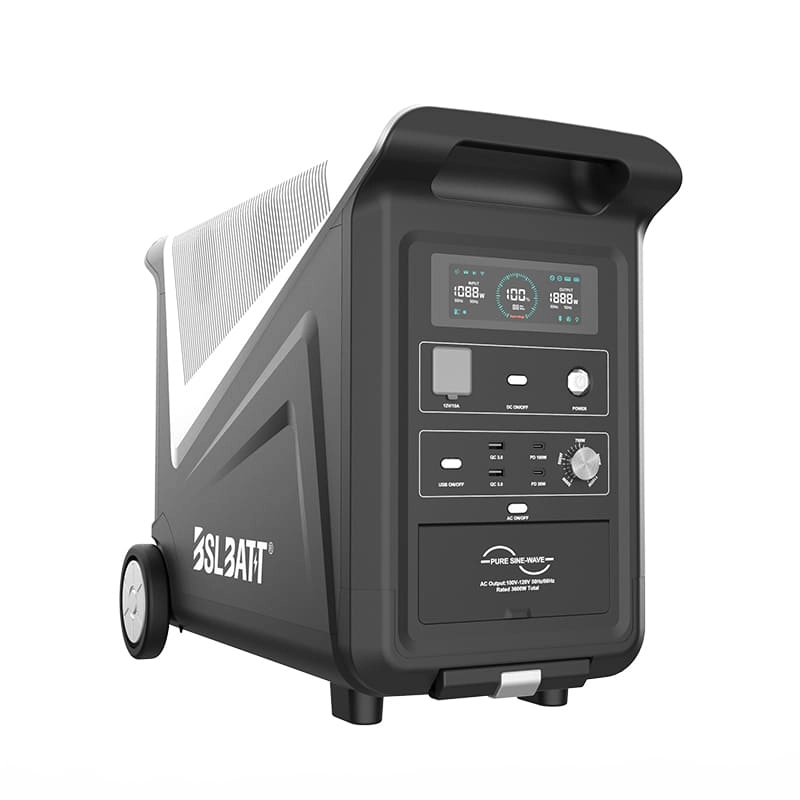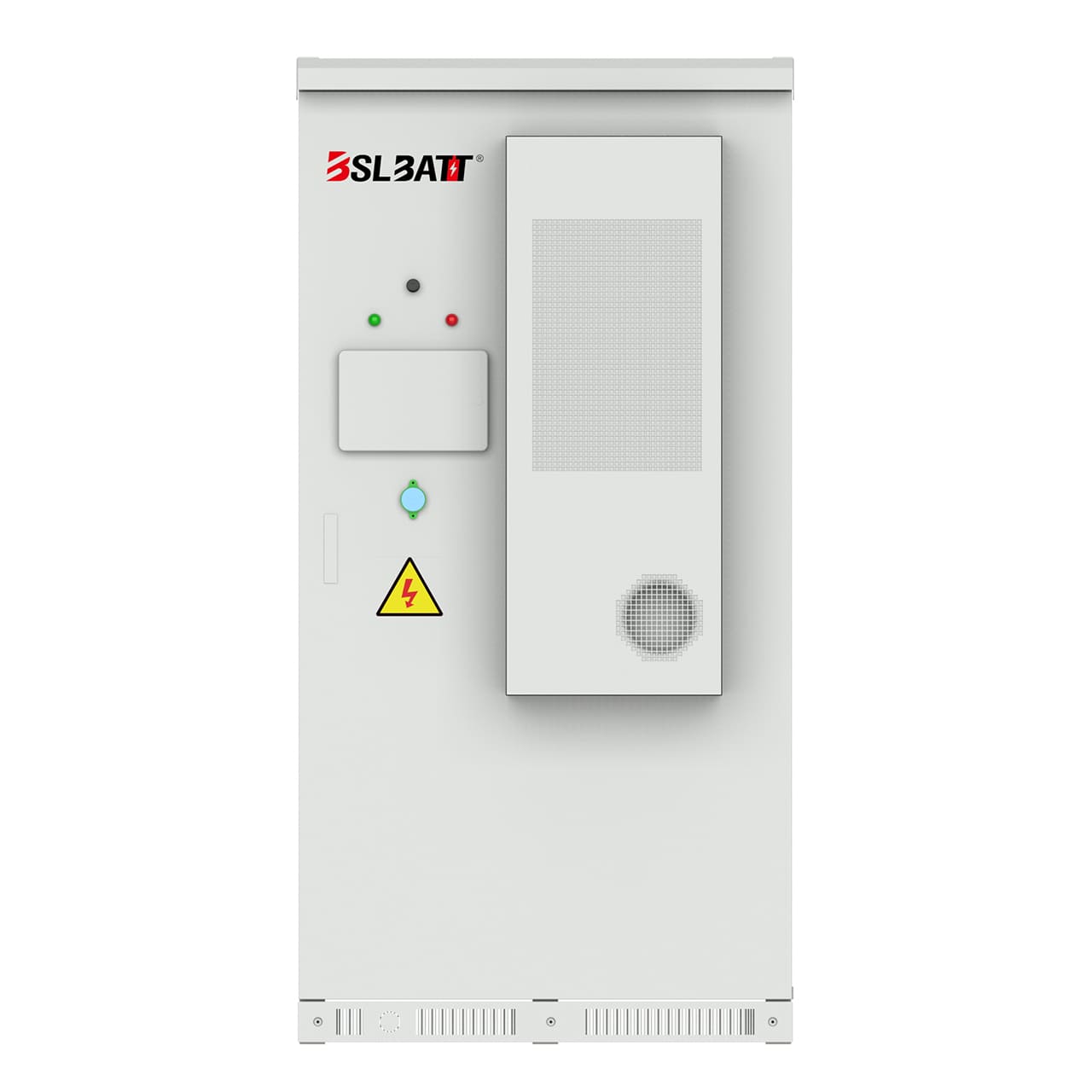Industry Application
Product Type
Powering Up: Can Your Reliable Lead-acid Charger Charge Lithium Batteries?
It is highly advised to utilize a charger that has a lithium-specific charge profile when charging lithium batteries. This is particularly crucial for LiFePO4 batteries, which are the most commonly used lithium battery chemistry in the market. By using a charger with a lithium-specific charge profile, you can ensure that your lithium batteries are charged safely and efficiently, which can help prolong their lifespan and prevent any potential damage.
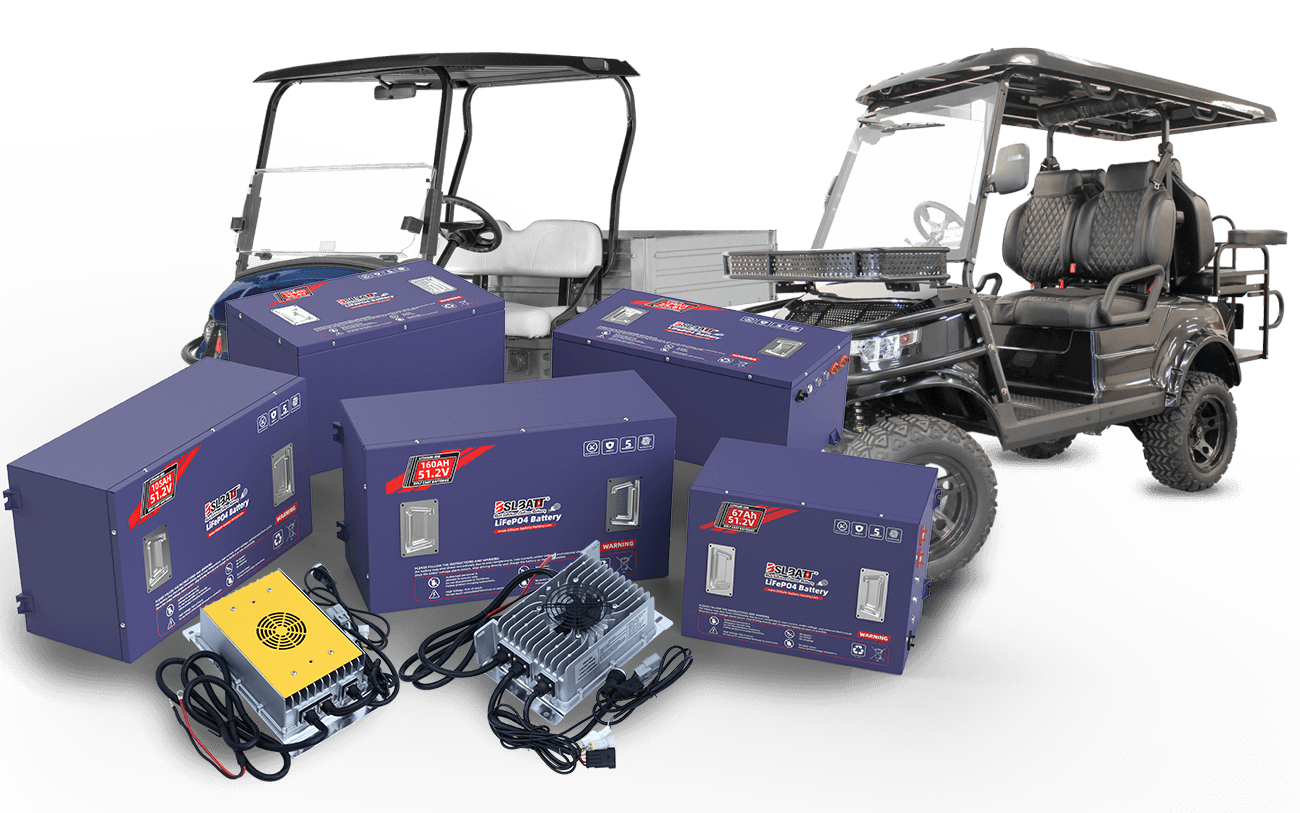
Although both lead-acid chargers and lithium batteries involve the process of charging a battery, it is important to note that they are designed for different types of batteries and have distinct charging requirements. Lead-acid chargers are specifically tailored for lead-acid batteries and may not offer the optimal charging parameters for lithium batteries.
Using a lead-acid charger to charge lithium batteries can result in several issues. Firstly, it can lead to inefficient charging, meaning that the battery may not reach its full capacity or take longer to charge. This can be frustrating, especially when you need your battery to be fully charged in a timely manner. Secondly, it can decrease the overall lifespan of the lithium battery. Over time, improper charging can cause the battery to degrade faster, resulting in a shorter lifespan and the need for more frequent replacements. Lastly, there are safety risks associated with using the wrong charger. Lithium batteries require specific voltage and current regulation, as well as protection against overcharging and overheating. Using a lead-acid charger that does not provide these safeguards can potentially lead to accidents or damage to the battery.
Fortunately, there is a wide range of chargers available on the market today that have a lithium charge profile. These chargers are specifically designed to meet the charging requirements of lithium batteries, including those with LiFePO4 chemistry. With these chargers, you can ensure that your lithium battery is charged efficiently, safely, and with the correct parameters. Whether you need to charge your lithium battery for a smartphone, electric vehicle, or any other device, finding a suitable charger is now easier than ever.
In conclusion, it is crucial to use the appropriate charger for your battery type. While lead-acid chargers are designed for lead-acid batteries, they are not suitable for charging lithium batteries. By using a charger specifically designed for lithium batteries, you can avoid issues such as inefficient charging, decreased battery life, and safety risks. So, always make sure to choose the right charger for your battery to ensure optimal performance and longevity.
Therefore, while it may be possible to use an existing lead-acid charger to charge lithium batteries, it is not recommended. To ensure optimal performance, efficiency, and safety, it is advisable to use a charger with a lithium-specific charge profile, especially for LiFePO4 batteries.
Charging Absorption Differences between SLA and Lithium
When comparing the charging absorption differences between SLA and lithium batteries, it is evident that the latter offers a significant advantage in terms of time efficiency. Waiting for an SLA battery to complete its charging cycle can be a time-consuming process, as evidenced by the 6.5 hours it took to fully charge a 12-volt 20-amp hour deep cycle SLA battery in the chart below. In contrast, a 12.8-volt 20-amp hour lithium iron phosphate battery achieved 100% State of Charge (SOC) in just over 2.5 hours. This highlights the superior charging absorption capabilities of lithium batteries over SLA batteries.

In the charging cycle for a sealed lead-acid (SLA) battery, there are three stages: constant current, constant voltage, and float charging. During the constant current stage, the battery receives its bulk charge. In the example of a 20Ah deep cycle SLA battery mentioned above, the battery reaches a State of Charge (SOC) of 8% during this phase, which accounts for slightly over half of the total charging time. The constant voltage charge, also known as the absorption charge, is responsible for charging the remaining 20% of the battery’s capacity, but it takes approximately 50% of the total charge time. Additionally, it is recommended to keep the battery on a float charge in most applications to prevent it from becoming over-discharged due to self-discharging of the chemistry.
Contrasting with the charging cycle of an SLA battery, a lithium battery only has two stages: constant current and constant voltage. During the constant current/bulk charging stage, the battery can absorb almost all of its capacity (SOC of 99%) in just 96% of the charge time. This means that a 12.8V 20AH lithium battery can reach almost 100% SOC in under two hours. The constant voltage charge stage only adds an extra 1% to the capacity and takes up just 4% of the charge time. Additionally, lithium batteries do not require float charges due to their lower self-discharge rate.
When compared to an SLA battery, the lithium battery is fully charged before the SLA battery even reaches the constant voltage stage of its charging cycle, and it charges in just one-third of the time required by the SLA battery. This is especially important in applications where a device will be out of service during charging. For larger SLA batteries, the extended charging time may require the use of additional batteries while some are being charged. Overall, the charging cycle of a lithium battery is much more efficient and faster than that of an SLA battery.
Lithium Absorption on an SLA Charging Profile
To fully comprehend the charging profiles of Lithium and SLA batteries, it is natural to have questions about the potential consequences of using a lithium battery as a direct replacement for an SLA battery charger. One of the main concerns is whether the lithium battery can handle the voltage disparities and float charging. It is important to note that when a lithium battery is charged using an SLA charger with a 13.8V bulk charge, it attains 95% capacity in approximately 90% of the total charging duration. The remaining 5% of capacity is absorbed during the remaining 10% of the float charging period.
On the other hand, if a lithium battery is charged using a 14.6V bulk charge, which is the typical constant voltage for charging an AGM battery, it would absorb 99% capacity in 95% of the total charge time. This is because lithium batteries are often used as drop-in replacements for AGM batteries. The final 1% of charge would be absorbed during the last 5% of the charge time. It is important to note that charging a lithium battery with a higher voltage than recommended can cause damage to the battery and reduce its lifespan.
In conclusion, it is crucial to use the appropriate charger for each type of battery to ensure optimal performance and longevity. While it is possible to charge a lithium battery using an SLA charger, it is important to use the correct voltage to avoid any potential damage to the battery. By understanding the charging profiles of both Lithium and SLA batteries, one can make informed decisions about which charger to use for each type of battery.

It is important to understand that charging a lithium battery using an SLA profile will result in a longer charge time compared to using a lithium profile. For example, if you have a 20AH lithium battery and charge it using a lithium profile, it would take approximately 2.5 hours to fully charge. However, if you charge the same battery using an SLA profile, it would take around 5 hours. This can be clearly seen in the chart below, where it is evident that the lithium battery still charges faster than the equivalent SLA battery charged using an SLA profile.
Now, you might be wondering if it is possible to use a lithium battery in an SLA charger. The answer is yes, it is possible, but there are a few things to consider. Firstly, the charger should not have a de-sulfation mode or a dead battery detector. The de-sulfation function on SLA chargers is designed to revive over-discharged SLA batteries by using low amps and high voltage pulses. However, this mode can cause the lithium battery’s BMS (Battery Management System) to shut down or even damage the battery due to the high voltage pulse. Additionally, the dead battery detector may mistake a lithium battery in protection mode as a dead battery, making it challenging to remove the lithium battery from protection.
According to a blog post, SLA charging profiles typically have a voltage range of 13.8 to 14.7. Within this range, using a lithium battery can offer better charging advantages. The lithium battery will always reach a 100% state of charge much faster than the SLA equivalent, especially at higher voltages, as lithium charges at 14.6 volts. Even at the lower end of the voltage range, the lithium battery will still reach 95% state of charge faster than the SLA battery reaches 80% state of charge. At the high end of the voltage range, which is commonly used for most AGM batteries, the lithium battery will be fully charged at 100%. So, while it is possible to use a lithium battery in an SLA charger, it is important to consider the charging profiles and voltage ranges to ensure optimal charging performance.
Will a normal SLA charger damage a lithium battery?
Using an SLA battery charger to charge lithium batteries may not necessarily damage them, but it is important to consider a few factors. Firstly, if the SLA charger does not have a desulfation mode, it is unlikely that you will experience any performance degradation in high-cycling applications where the battery is cycled daily and may never float. This means that if you are using the battery frequently and it does not remain float charged for extended periods of time, you should not face any issues.
However, it is worth noting that using an SLA charger may not allow you to fully utilize the capacity of a lithium battery. For example, if you have a 20AH lithium battery, it may not be able to reach 20 amps on an SLA charger if the battery is not frequently used and remains float charged for extended periods of time. In such cases, it is advisable to disconnect the battery from the charger before storage to prevent any potential issues.
Furthermore, it is important to store lithium batteries at a 50% state of charge for optimal performance. This means that if you are planning to store the battery for a prolonged period of time, it is recommended to charge it to around 50% before disconnecting it from the charger. This will help maintain the battery’s health and ensure that it performs optimally when you need to use it again.
In summary, while it is possible to use an SLA charger (without desulfation mode) for charging lithium batteries, it is important to consider the frequency of use, float charging, and storage conditions to ensure the battery’s longevity and performance. It is always recommended to use a charger specifically designed for the chemistry of the battery being used and to regularly check the voltage of lithium batteries and recharge them as necessary.
By using a charger specifically designed for lithium batteries, you can help maximize the lifespan of your batteries and ensure safe and efficient charging. If you need to upgrade to lithium battery in the near future, please contact us [email protected]
A Guide to Choosing the Best 48V Lithium Golf Cart Battery
Would it be worth investing in a 48V ...
10 Exciting Ways To Use Your 12V Lithium Batteries
Back in 2016 when BSLBATT first began designing what would become the first drop-in replacemen...
BSLBATT Battery Company Receives Bulk Orders from North American Customers
BSLBATT®, a China Forklift battery manufacturer specializing in the material handling indust...
Fun Find Friday: BSLBATT Battery is coming to another great LogiMAT 2022
MEET US! VETTER’S EXHIBITION YEAR 2022! LogiMAT in Stuttgart: SMART – SUSTAINABLE – SAF...
Looking for new Distributors and Dealers for BSL Lithium Batteries
BSLBATT battery is a fast-paced, high-growth (200% YoY ) hi-tech company that is leading the a...
BSLBATT to Participate at MODEX 2022 on March 28-31 in Atlanta, GA
BSLBATT is one of the largest developers, manufacturers, and integrators of lithium-ion batter...
What makes the BSLBATT the Superior Lithium Battery for your Motive Power needs?
Electric forklift and Floor Cleaning Machines owners who seek the ultimate performance will fi...








